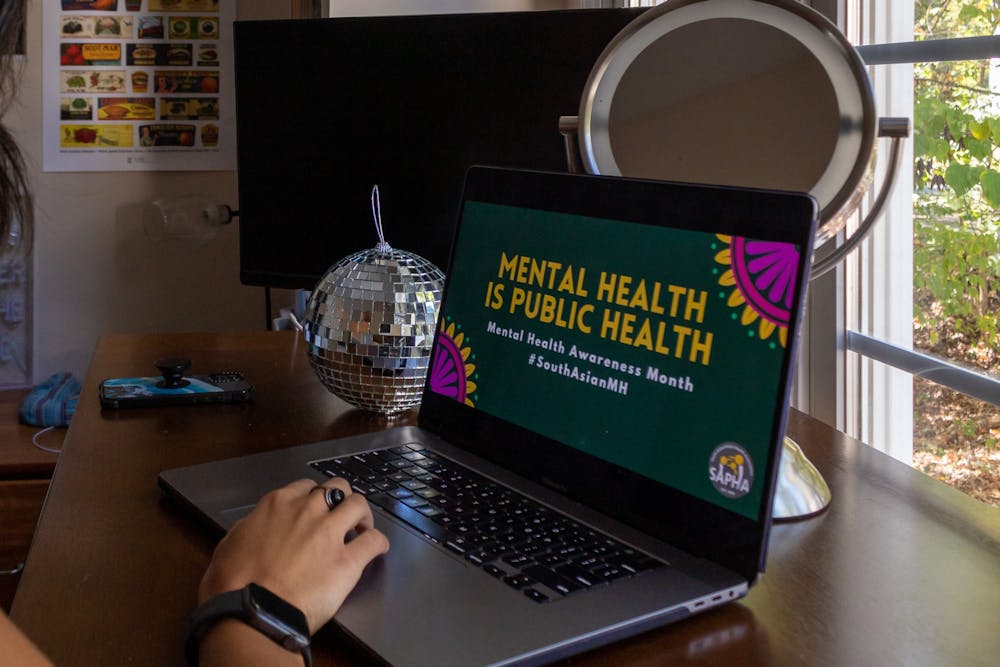This attitude towards mental health is reflective of the larger South Asian society, where the subject is taboo. Unlike individualistic western society, South Asian communities are largely collectivist. Personal identity is deeply rooted in a group's collective identity.
In a society centered around honor and shame, "What will people say?" is a toxic mantra that governs people’s lives, guiding the way they behave and interact. Emotional restraint is valued as a sign of strength and mental fortitude; emotions are rarely expressed verbally. These factors further perpetuate stigma and prevent people from seeking care.
Perhaps you’ve heard some South Asian young adults say they never heard the words "I love you" growing up. This is not uncommon. It’s how some of my friends and I initially bonded. Love was seldom expressed through verbal or physical affection and, for some, this led to difficulties in the formation and maintenance of relationships – both romantic and platonic.
A cultural aversion to emotions impedes awareness of mental health. There are nearly 5.4 million South Asians in the U.S., but there is limited literature on mental health for this demographic.
One of the few nationally representative datasets available comes from a 2002-2003 study which reported that one in five South Asians experiences a mood or anxiety disorder in their lifetime. South Asian young people in particular face increased stress from high parental expectations.
With little precedent to model, it can be challenging for South Asian students to open up about mental health. The mental health care system is expensive, bureaucratic and complicated, making it difficult for anyone – but especially South Asian students – to navigate.
In my own experience, it was an arduous process of educating myself about my diagnoses, articulating my feelings in therapy and unlearning deeply ingrained harmful beliefs. With minimal social support, the journey to getting better often felt lonely and protracted.
For many, the emotional labor of educating family members is exhausting, especially when the unconditional support you seek is not reciprocated. The generational gap makes it difficult for older family members to understand our problems, and we continually encounter pushback.
Hierarchical honor systems make communicating personal boundaries difficult, as it is seen as disrespectful to our elders. Questioning traditional norms is utter sacrilege.
Language barriers are another issue. It took me over a year to be comfortable opening up to my parents. In preparation for our dreaded conversation, I tried to look up the Nepali equivalent of ADHD and anxiety, to no avail.
Throughout the conversation, I struggled to explain basic concepts in Nepali because, up until then, every exchange I had regarding mental health had been in English. In the lexicon of many South Asian languages, mental health terminology is virtually absent.
Finally, South Asian patients have to take on the extra burden of contextualizing these topics for mental health providers. In my earlier therapy sessions, I felt a disconnect because my therapist waas operating from a different worldview.
To get the day's news and headlines in your inbox each morning, sign up for our email newsletters.
This is evident in health care professions – whereas Asian Americans make up 17.1 percent of physicians, only five percent are mental health professionals. A majority of mental health care providers are white and lack the personal understanding to sufficiently help these patients.
This calls for more intersectional and culturally sensitive mental health care, especially at UNC's own Counseling and Psychological Services, which is often the first point of contact for students starting their mental health journeys.
@dthopinion
opinion@dailytarheel.com




